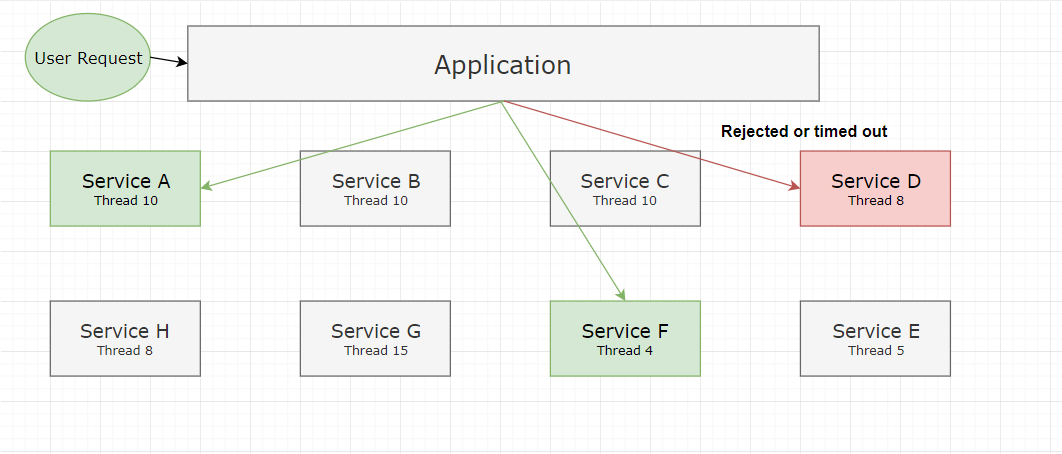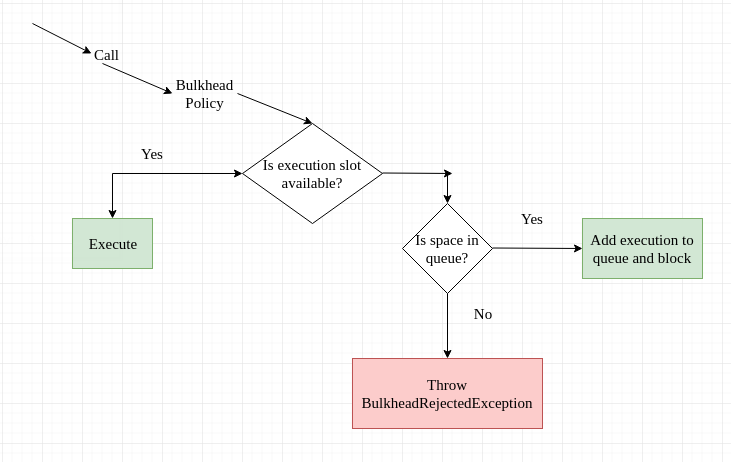Alrighty, let me give this text a once-over and spruce it up a bit.
Microservices can be quite the diva, consuming distributed resources and throwing tantrums when they don't get their way. Unfortunately, when one of them acts up, it can impact other services as well. Kinda like that one friend who ruins the whole party. eye roll
To avoid such chaos, we need to isolate these microservices and compartmentalize their calls. Enter the bulkhead pattern! This pattern lets us group microservices into connection pools, so if one of them goes rogue, it only affects that specific pool. Think of it like separating your misbehaving friends into different corners of the room.
Netflix Hystrix uses this pattern to keep their dependencies in check. If you wanna read more, check out their page on Github.

Oh, and if you're a .NET person, there's a handy-dandy article on implementing the Bulkhead Isolation Policy in Polly. You can find it on their Polly-Wiki.
To limit the parallelization of execution, we use a queue. Here's how it works:

Now, when it comes to implementing this pattern, it's important to evaluate the granularity of the bulkheads. Basically, isolate the components that use a particular set of backend services. Plus, be sure to use the pattern to isolate critical components from the standard ones. You don't want the entire system to come crashing down just because someone sneezed.
To create a truly resilient application, you can group the circuit breaker and fallback patterns with the bulkhead pattern. But we'll save that for another blog post.
References: Netflix-Hystrix, Microsoft-Patterns, and Stackoverflow-Bulkhead.